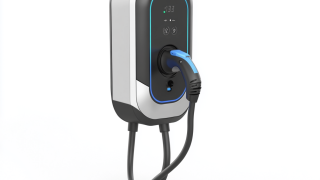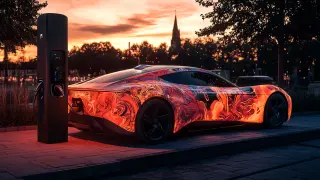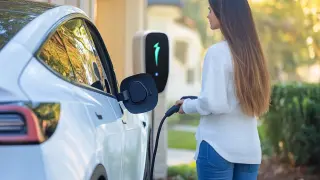Accelerating considerably, with all its might, the arrival of electric vehicles into the realm of powered transport signifies, in turn, a paradigm shift for this erstwhile combustion-oriented area. According to the International Energy Agency (IEA), the world's electric car stock passed by 10 million units in 2020, thus witnessing a phenomenal rise propelled by both consumer preference and government intervention in the form of regulations aimed at carbon mitigation. This notwithstanding, the major hindrance that still confronts the popularization of electric vehicles is the absence of standardized charging solutions. Without some universally accepted definition of "Charging for Electric Vehicles", issues of compatibility arise that would serve as inconveniences and increase costs to the manufacturer and consumer.
In response to this situation, Foshan Putaineng Charging Equipment Co. Ltd. is dedicated to trying to resolve these issues with scientific research and further product development of charging piles and new energy equipment. Foshan Puta, a high-tech enterprise specialized in smart home appliances and control systems, recognizes the establishment of a strong set of standard charging requirements as an enabler for EV integration into daily life. Reports indicate that when charging is standardized and efficient, infrastructure is perceived as an added value; thus, it is, in fact, stimulating further growth in the market, which eventually reaches a point where the entire globe may benefit from sustainable energy.
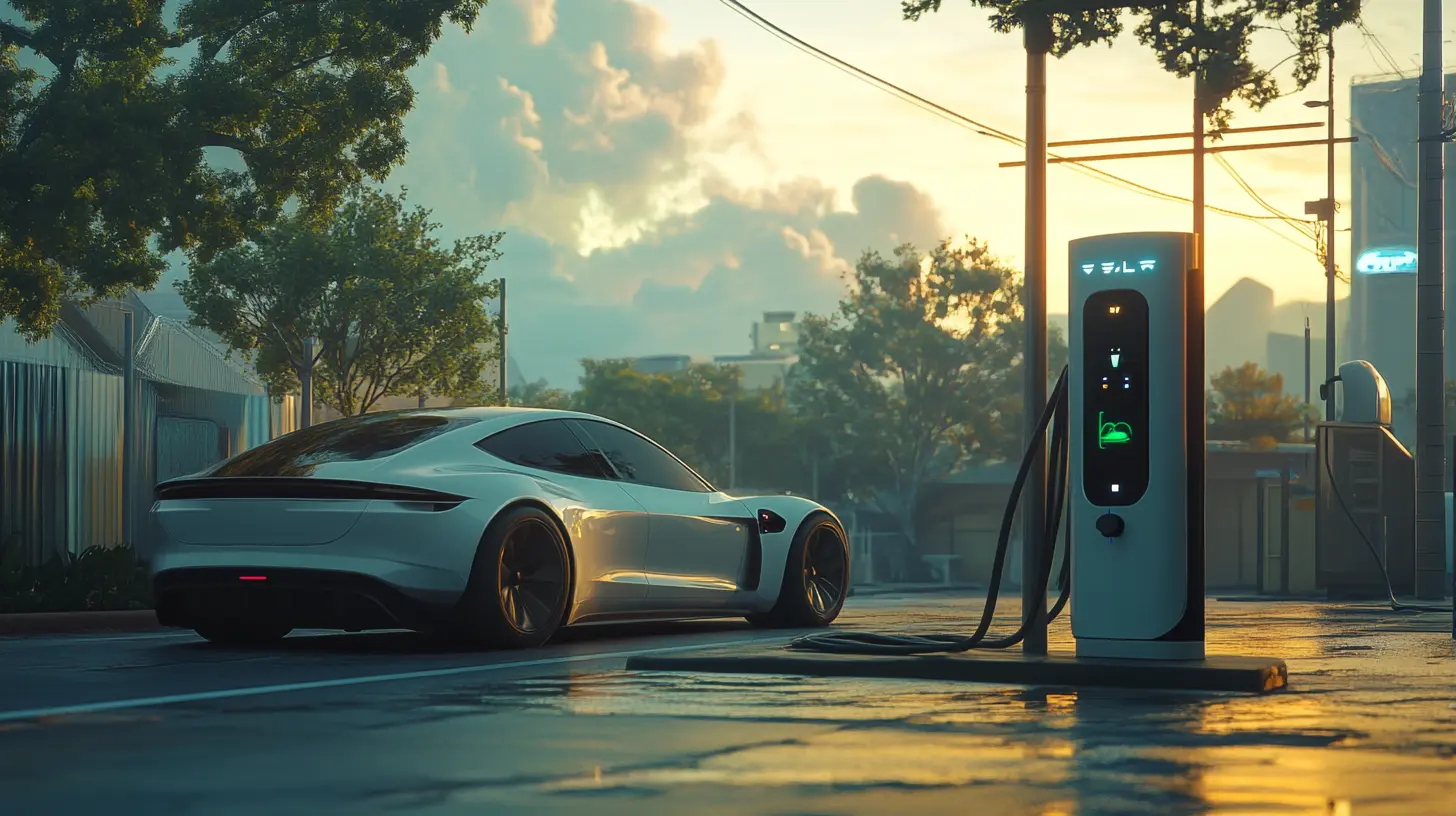
The electric vehicle (EV) market is developing extremely fast, with more consumers choosing sustainable transportation options. However, the main impediments standing in the way of realizing the full potential of EVs comprise the absence of universal charging standards. A coherent standard is thus needed to guarantee the interoperability of different models and manufacturers so that users can smoothly transition into electric mobility. Additionally, charging standards alleviate range anxiety, a common concern for potential EV owners. With several charging networks and connector types, a driver may find himself in the situation of owning an EV unable to connect to charging stations. By enforcing the same set of protocols, we not only simplify the charging process but also instill confidence in consumers regarding the interconnectivity of electric mobility infrastructure. A good image of convenience and reliability must be conjured for the widespread acceptance. Moreover, standardization encourages the innovation of the EV sector. Because when manufacturers follow the same set of standards, they are free to invest their energy into improving the battery technology, working on efficiency, and developing smarter charging systems. Thus, the entire sector grows in harmony, benefiting from common data and knowledge. Finally, a joint approach to charging standards will serve to facilitate the acceptance of electric vehicles and will drive a path toward sustainable transportation.

The charging technology for electric vehicles (EVs) has seen rapid developments over the years, from the mundane AC charging up to the quick and sophisticated fast DC charging. Of late, it is the advancements in charging infrastructure that have lent important impetus to the spread of electric vehicles in many parts of the world. And as the industry expands, the call for standardization of charging formats among others is becoming increasingly critical.
Chinese enterprises like EN+ Technology are not standing aside from this trend. They are early entrants in the race to international standards. By making CHAdeMO certified its Turbo DC120K charging station series recently, China has then again demonstrated its commitment to integrating into the international EV market. Aside from compliance with other international standards, this certification gives charging networks a competitive advantage and flexibility in operation as a way to ease public transitions to EVs.
Besides, the innovative megawatt-class fast charging technology of BYD further spices up the competition. This intensity of cooperation and involvement is in line with industry leaders' remarks about the dual thrust of the Chinese electric vehicle sector-on electrification and ecological sustainability. It will be an uphill task to create a common platform that links these technologies to work but will no doubt face variations in requirements from markets across the globe.
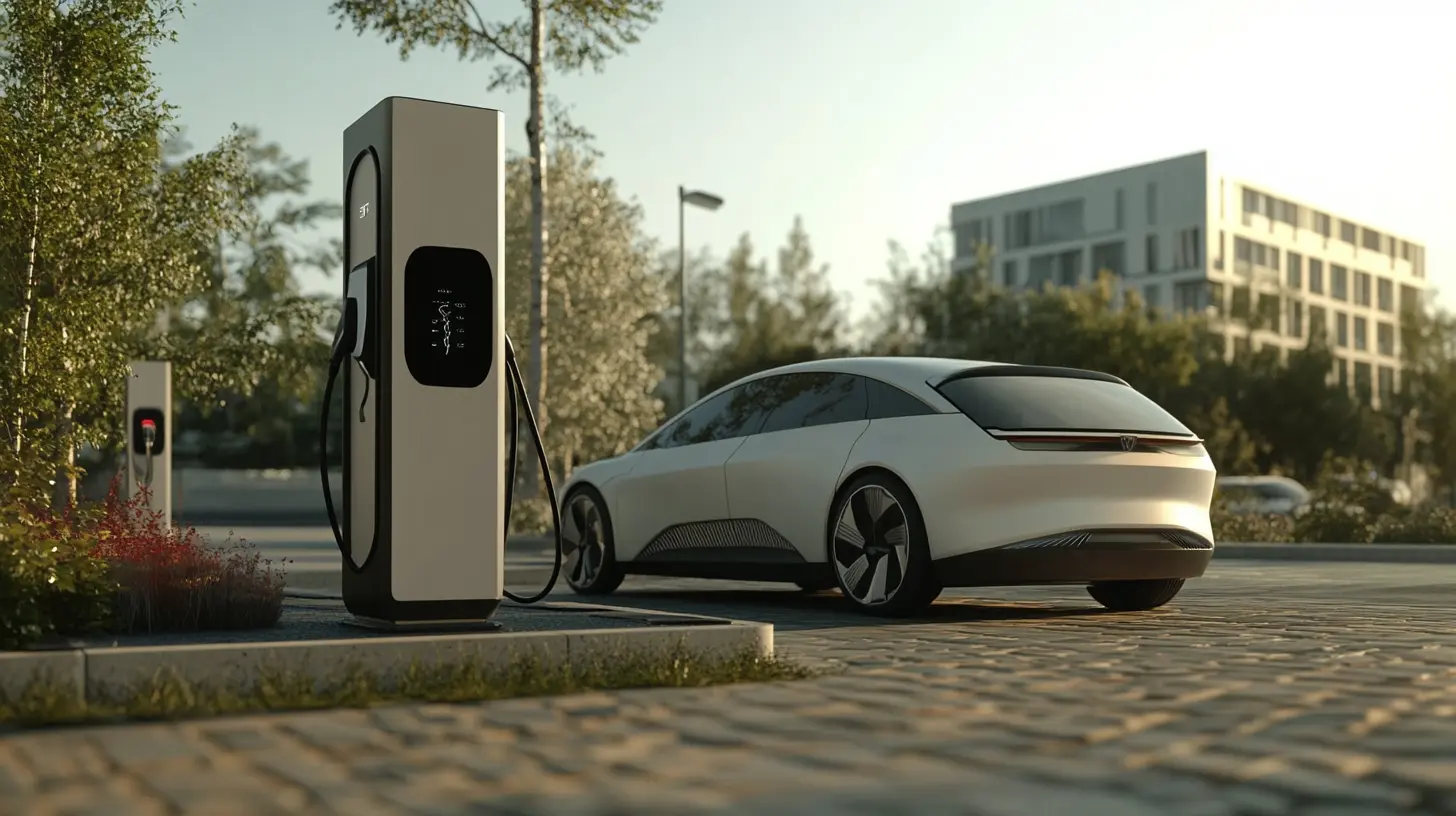
A myriad of different players are involved in developing standards for the charging of EVs and thus play an important role in the consolidation of the future of sustainable transportation. Most importantly, vehicle manufacturers are key to establishing compatible charging systems: they need to cooperate in producing vehicles that are capable of using common charging infrastructures, which ensures user convenience and reduces fragmentation of the market. Their participation affects vehicle design along with the interoperability among charging stations of different brands.
Standardization authorities also heavily influence charging standards. They are responsible for policies meant to promote safety, efficiency, and sustainability in EV charging networks. They set the guidelines and regulatory framework for charging infrastructures within which the other key players: i.e. charging station operators and technology firms, can innovate and extend their services. Their work is crucial in ensuring a harmonious development of charging standards along with changes in battery technology and electric vehicle capability.
Moreover, utility companies are coming up very strongly as players in the standard-setting process. With the increase in EV acceptance and hence an increase in electricity demand, these utilities will need to upgrade their grid infrastructure to be able to accommodate charging stations. Standards conducive to promoting the widespread adoption of EVs as well as reliability of the grid need utilities that can manage loads and distribute power efficiently. Utility companies must collaborate with other stakeholders to establish standards that serve the present and foresee the future for electric mobility, a fast-paced, ever-changing environment.
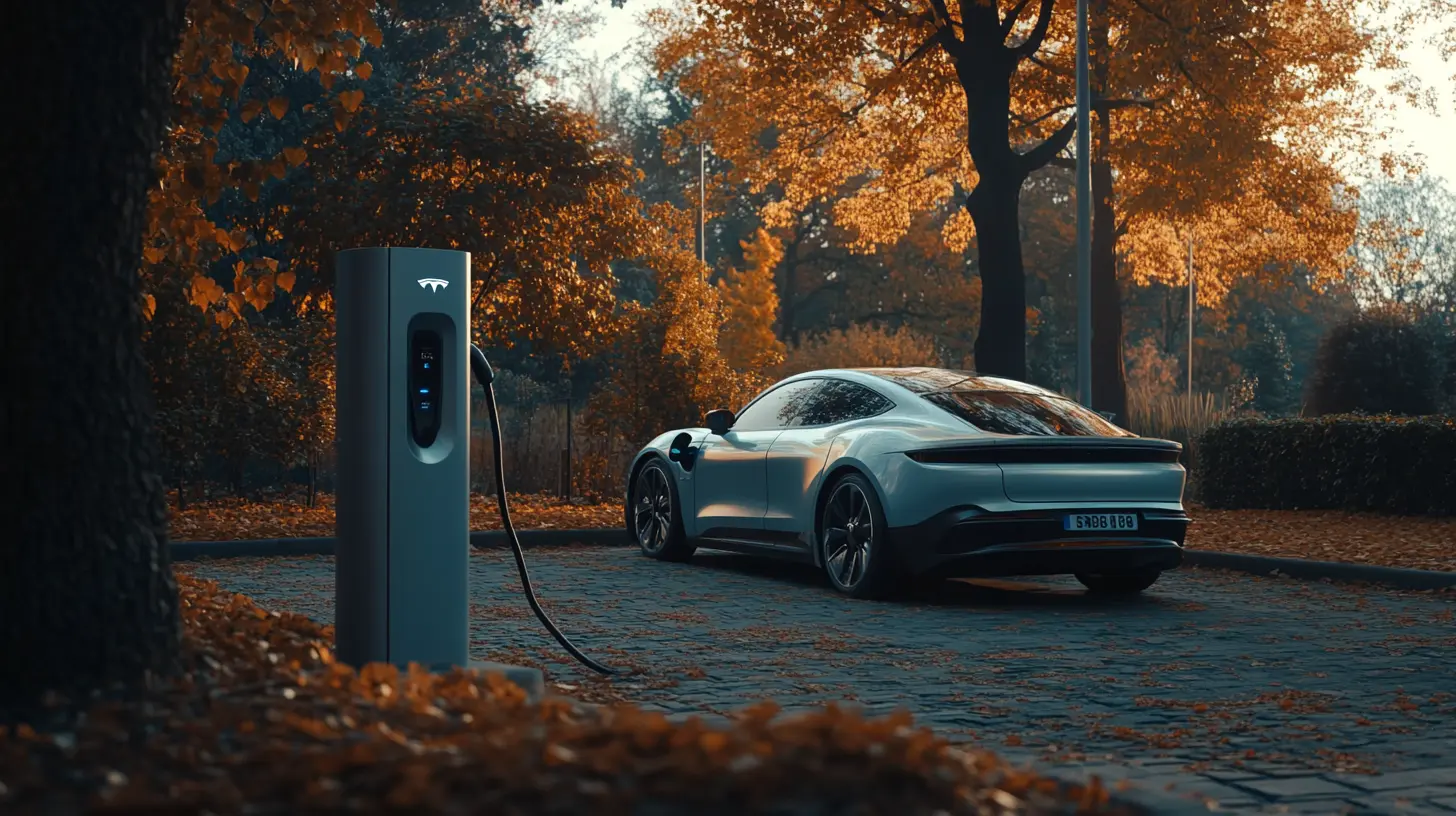
Governments around the world face significant hurdles in developing effective standards for electric vehicle (EV) charging. It has become even more imperative that there be a coherent regulatory framework since this switch towards electric mobility is rapidly changing. One of the biggest hurdles remains the fast development in battery and charging technologies. New standards must be formed by governments that not only cover the current technologies, but also allow scope for future innovations, and this will obviously carry dual requirements, making it more difficult in terms of regulation since policymakers are sometimes unable to manage the transforming landscape of EV technology.
The disparity in the charging infrastructure further compound the challenges. There are different types of charging from various manufacturers causing incompatibility which is confusing and discouragement to the EV user. Governments have much work to do in seeking to harmonize those different standard requirements to ensure that everyone involved between the automakers, charging network providers, and the consumers would be satisfied with. This needs serious comparisons and inter-sectors' collaborative engagement which could serve hard but would take a long time.
There is also the issue of equity and access in a regulatory framework. The issue of equitable access to charging stations will not be left but will be urgent for currently underserved communities with increased penetration of EVs. Therefore, guidelines should be fashioned to encourage access to charging infrastructure widely among all segments of society. The governments would have to juggle between changes of technological advancement and industry cooperation as well as social equity to provide effective standards for EV charging amid their futuristic electricification.
Electric vehicles have changed - been changing - everything in the automotive world. However, they have also opened space for urgent need for standardized charging protocols. Standards are set-and shaped-by automakers, even in terms of where and how the vehicles are used at the end of the day. With recent experiences, including executives lamenting about how well the charging networks are for electric vehicles in some markets, the argument for maintaining unified standards takes on even greater urgency-for the purposes of convenience and compatibility for the consumer.
Inspiration by markets where the advancement of the EV technology is phenomenal and where such moves must be considered, automakers must take drafting directions of universal charging requirements as a priority. For example, inconsistent charging interfaces can frustrate a client, as each time the charging standard is used. This lack of congruence can dampen consumer confidence and slow the adoption rate of EVs particularly in regions whose infrastructure is lagging behind. As they innovate, car manufacturers are alone in standing as crusaders for the advocates of standards that should benefit all-those who consumer, those who provide the charging stations, as well as utilities.
Increased efforts and even more concern for seriously taking on green initiatives and the electrification of transport in most countries would make the roles of automakers in standardizing charging processes closer to more critical levels. They should use this privilege to leverage influence in their markets and beyond to become part of the move towards newer and innovative laws, if ever such standards apply to private individuals-use their products to meet growing consumer trends. Such actions on establishing charging standards will put in place a seamless road toward electric mobility while improving user experience and accelerating the transition to sustainable transportation solutions.
Lack of uniform charging standards for electric vehicles (EVs) pose a barrier to widespread consumer adoption and market develop. With new players flocking into the EV space, it becomes a real mess with the absence of a contoured landscape in the charging system. A recent article discusses how such products prevent Chinese automakers from excelling in their international markets. For example, the local standards are not met by the companies and find it impossible to sail through the foreign market. This is one of the critical areas blocking consumer accessibility into charging infrastructure.
Then there is also the much more complicated reality that with most consumers, the general issue is about being pretty much practical about EV charge. In truth, despite we herald great growth in the number of vehicles on the road-now over six times more EVs than in 2016, the number is at nearly 2 million in the U.S.-range anxiety and charging convenience remain prominent. Much has been said on the need for considerable investments in charging infrastructure, but the attempts are often inadequate. In fact, the most recent figures suggested that the U.S. government put $7.5 billion into development, which resulted only in eight new charging stations, which brings a question about the effectiveness of current deployment strategies.
Analyses show that, furthermore, it will have results in behavior in the market besides the fact that without standardized charging solutions that are strong and competent, the confidence of consumers in adopting electric vehicles would be bruised. Other types of charging connectors, including DC fast charging and AC charging connectors, complicate matters even further as well as depicting a market that is highly fragmented. Industry forecasting proves the case that alignment in these standards should be made for greater adoption. Only a collective approach can make it possible for the electric vehicle industry to overcome these barriers and to meet consumer expectations for charging infrastructures in terms of availability and reliability.
While they certainly are gaining traction on the global stage, electric vehicles currently face one of the biggest challenges in establishment-a challenge with respect to standardization of charging by countries in the automotive industry, which could be said to leave them with lots of effort. Of course, the countries have completely different policy objectives, market conditions, and technological capabilities when it comes to adoptions of this nature in charging infrastructures. For instance, in the United States, there has been a widespread uptake of the Combined Charging System (CCS) for public use. Reports indicate that, as of 2023, over 30% of divested public charging stations will exclusively use this standard. To add on, federal initiatives to increase the resilience of e-mobility infrastructure are anchored on a goal of 500,000 charging stations by 2030.
In stark contrast are the other unions, like that of the European Union, which has accepted Type 2 (Mennekes) as the standard for AC charging, taking care of even the seamless connectivity across member nations. It would seem the EU's commitment towards a unified standard embedded in the ambitious schemes by the EU to make sure that by 2025, the broad network of charging infrastructure will populate both public and private EVs. Unquestionably, this will significantly contribute to Europe's goal of greenhouse gas emissions reduction by at least 55% by 2030, per reporting from the European Environmental Agency. Moreover, countries such as China also have established certain individual standards, such as GB/T, which became more and more dominant since it is estimated that it made up about 47% of the world's installed EV charging infrastructure in mid-2022.
The world over is divergent in the evolution of its EV charging standards, which creates a necessity for interaction and cooperation. Although local infrastructure development can really be influenced by local preferences, having an amalgamated approach can really help facilitate the expansion of EV use all over the world. The International Energy Agency (IEA) data now shows that achieving a common standard would hasten market growth, as it has forecasted that over 300 million EVs will move about by 2030, on the heels of the necessary strong and accessible charging networks that meet the consumer needs.
Interestingly, the EV industry converges on the brink of a unified and compelling charge. The International Energy Agency (IEA) reports that, as of the year 2020, the number of EVs on the global stock has risen to 10 million, a number expected to inflate to 145 million by 2030. Such rapid growth calls for the development of a coherent charging infrastructure for ever-increasing demand.
One of the important trends likely to propel the state of the art solutions in the future is the trend towards standardization. Diversity, and therefore, user experience-hindering charging systems confuse and frustrate vehicle owners. For example, the Charging Interface Initiative (charIN) refers to the high penetration of the Combined Charging System (CCS) for its interoperability, but the proprietary technologies are overwhelmingly popular in many regions. Moreover, according to research by McKinsey & Company, the unification for a charging standard could save costs by 20 percent and hasten adoption by 50 percent in the next ten years.
In the future, the unifying charge will be advanced across integrated technologies and may include future use cases, such as smart charging and vehicle-to-grid (V2G) capabilities. EV Outlook finds that smart charging may lead to EVs serving grid purposes, thus enhancing balances between demand and supply. Appropriate partnerships among automakers, governments, and technology providers will develop strong guidelines for compatibility and innovation leading to a sustainable automotive future.
Automotive manufacturers are critical in establishing compatible charging systems and must collaborate to create vehicles that can utilize common charging infrastructures, ensuring consumer convenience and reducing market fragmentation.
Regulatory bodies create and enforce policies that promote safety, efficiency, and sustainability in EV charging networks. They develop guidelines for charging infrastructure, setting the framework within which other stakeholders can innovate and expand their services.
Utility companies are essential as they adapt grid infrastructure to accommodate the rising demand for electricity with EV adoption. Their expertise ensures that standards support widespread EV adoption while maintaining grid reliability.
Inconsistent charging standards create significant barriers, complicating the charging landscape and creating confusion for consumers. This can lead to concerns about range anxiety and charging convenience, hindering overall EV market growth.
A significant investment by the U.S. government, such as the $7.5 billion aimed at improving charging infrastructure, has raised questions about efficacy since it resulted in only eight new charging stations, indicating potential shortcomings in current deployment strategies.
The global EV stock is projected to grow from 10 million in 2020 to 145 million by 2030, suggesting a pressing need for a coherent charging infrastructure to meet increasing demand.
A unified charging standard could reduce costs by up to 20% and potentially accelerate adoption by 50% over the next decade by streamlining the user experience and promoting interoperability among different charging systems.
Advanced technologies such as smart charging and vehicle-to-grid (V2G) capabilities are expected to shape unified charging solutions, enabling EVs to provide services back to the grid and helping to balance demand and supply effectively.
Collaborations among automakers, governments, and technology providers are essential for developing robust guidelines that promote compatibility and innovation in the EV charging landscape.
The existence of various types of charging connectors, such as DC fast charging and AC charging connectors, contributes to a fragmented market, complicating consumer confidence in adopting electric vehicles without robust and standardized solutions.
